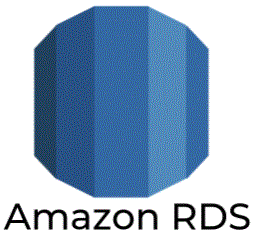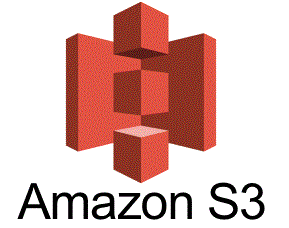1. What is Amazon RDS ?
Amazon Relational Database Service (Amazon RDS) is a managed service that makes it easy to set up, operate, and scale a relational database in the cloud. It provides cost-efficient and resizable capacity, while managing time-consuming database administration tasks, freeing you up to focus on your applications and business.
2. What does it mean to run a DB Instance as a read replica ?
Read replicas make it easy to take advantage of supported engines’ built-in replication functionality to elastically scale out beyond the capacity constraints of a single DB instance for read-heavy database workloads. You can create a read replica with a few clicks in the AWS Management Console or using the CreateDBInstanceReadReplica API. Once the read replica is created, database updates on the source DB instance will be replicated using a supported engine’s native, asynchronous replication. You can create multiple read replicas for a given source DB Instance and distribute your application’s read traffic amongst them.
3. Do I need to enable automatic backups on my DB instance before I can create read replicas ?
Yes. Enable automatic backups on your source DB Instance before adding read replicas, by setting the backup retention period to a value other than 0. Backups must remain enabled for read replicas to work.
4. After failover, my primary is now located in a different Availability Zone than my other AWS resources (e.g. EC2 instances). Should I be concerned about latency ?
Availability Zones are engineered to provide low latency network connectivity to other Availability Zones in the same Region. In addition, you may want to consider architecting your application and other AWS resources with redundancy across multiple Availability Zones so your application will be resilient in the event of an Availability Zone failure. Multi-AZ deployments address this need for the database tier without administration on your part.
5. What happens during Multi-AZ failover and how long does it take ?
Failover is automatically handled by Amazon RDS so that you can resume database operations as quickly as possible without administrative intervention. When failing over, Amazon RDS simply flips the canonical name record (CNAME) for your DB instance to point at the standby, which is in turn promoted to become the new primary. We encourage you to follow best practices and implement database connection retry at the application layer.








